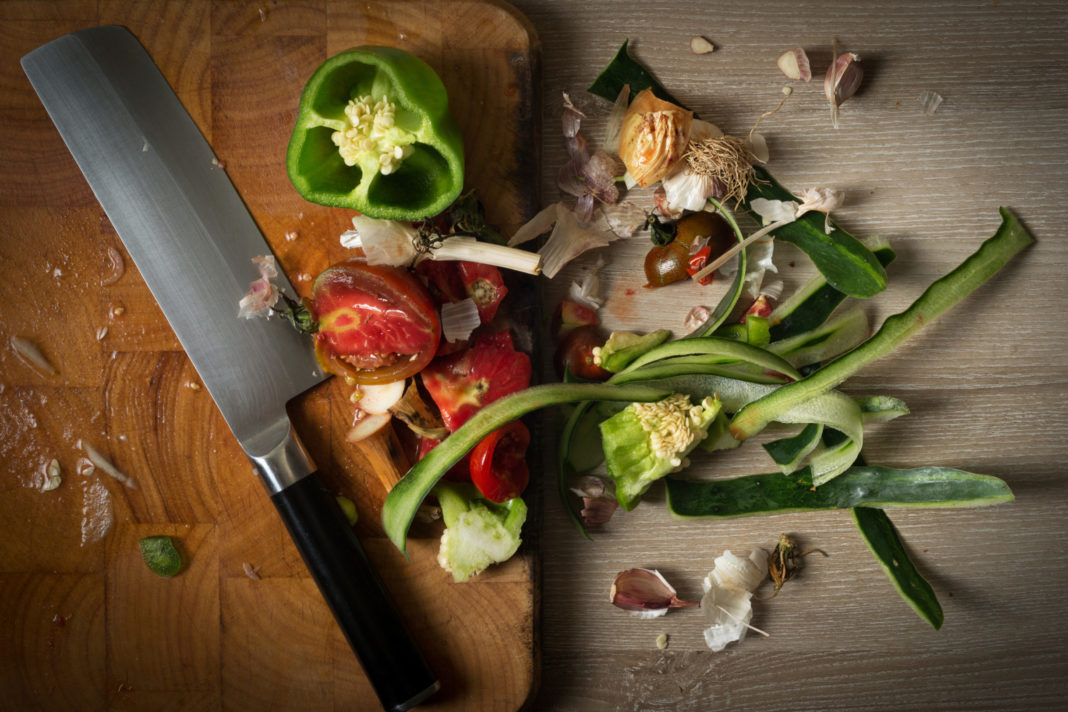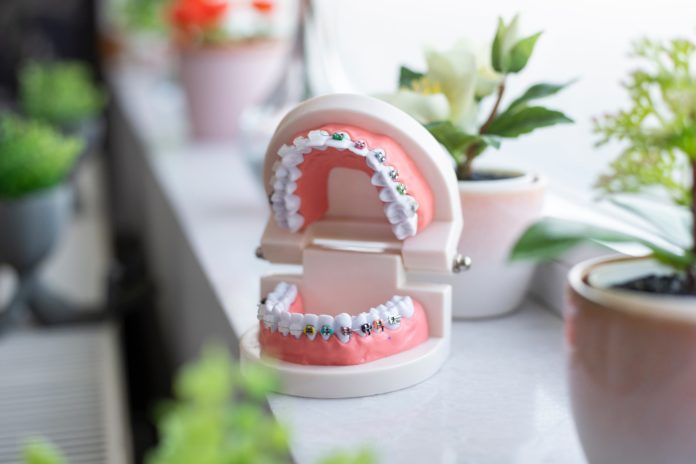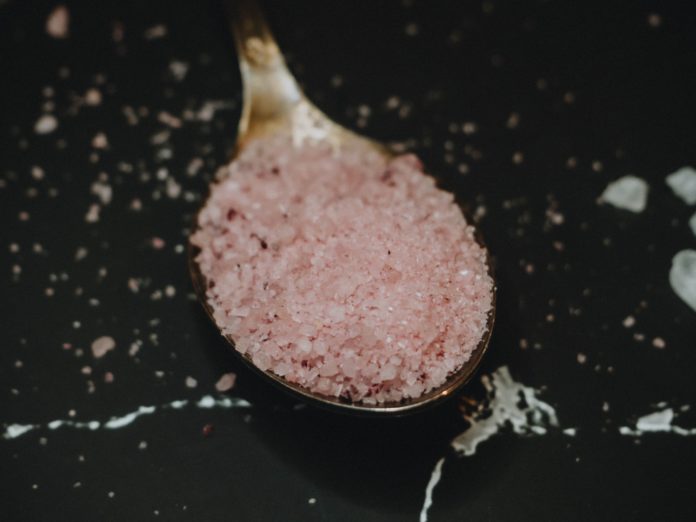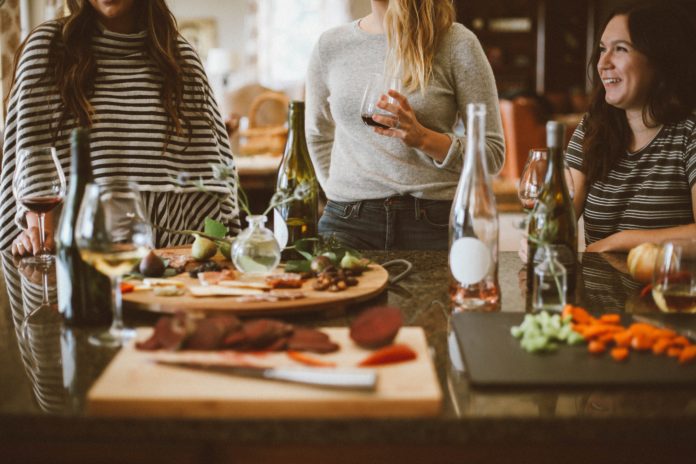Have you ever considered how much food you throw away every week?
Data from the FDA reveals that up to 40% of all food in the US goes to waste, amounting to approximately 42 billion pounds every year.1,2
But with the rising costs of goods, more people are learning how to make their grocery runs stretch further by using scraps other people typically toss in the trash. It’s called zero-waste cooking, and it has sustainability experts jazzed for real change.
Let’s explore the scientific reasons why you may want to start eating your fruit and veggie scraps, and how to work them into your healthy menu planning.
What We Know
Many fruits and vegetables are entirely edible – from their flesh to their peels, skins, cores, rinds, and seeds. Some of these parts are even more nutritious than the parts you’re used to noshing, such as:
Strawberry tops and leaves
Both strawberries and their leaves are edible, rich sources of bioactive compounds like vitamin C, minerals like selenium, and antioxidants.3
Kiwi skins
The fuzzy brown skin of a kiwi fruit isn’t just edible; it’s actually better for you than the yummy flesh. According to one study, kiwi peels have a higher concentration of polyphenols and flavonoids, which “exert more potent antioxidant, antibacterial, and anticancer activity than the flesh.”4
Citrus peels
Though their piths can be bitter, the peels of oranges, lemons, limes, tangerines, grapefruits, etc., hold fantastic flavor thanks to their natural essential oils. They’re also much lower in sugar and higher in fiber than the fruit pulp.5
Watermelon rind
Sure, a watermelon rind isn’t as sweet as the flesh of this summertime staple. But the taste and texture are just as refreshing as its cousin, the cucumber. Watermelon rinds contain l-citrulline, and researchers in one study discovered l-citrulline supplements helped 10 healthy men improve blood pressure and exercise performance.6
Pineapple cores
An estimated 15% of every pineapple goes to waste when you ditch the slightly tougher core.7 However, pineapple cores are gaining recognition for their high concentrations of bromelain. This group of enzymes has been reported to help with everything from better digestion and muscle soreness relief to reducing pain and swelling from sinusitis.8
Apple cores
Apple cores and seeds contain roughly 100 million bacterial cells that benefit our gut microbiome.9 These balance the harmful bacteria in our guts, aid digestion, and strengthen our immune system.9 Scientists say apple seeds contain a compound that releases cyanide during digestion (yikes!). But you’d need to consume a “cupful” to notice this harmful effect.9 Luckily, you’ll only find about 10 seeds per apple core, so you should be okay.
Garlic peels
Though the outer papery skins contain too much cellulose to be digested, the heartier skins close to the flesh shouldn’t be ignored. Scientists identified six anti-inflammatory phenylpropanoids in garlic peels they labeled “major antioxidants.”10 And researchers in another study found high antimicrobial abilities in them.11
Onion skin
Peel back the outer layers of an onion, and you’ll find inflammation-fighting quercetin, an antioxidant with antibacterial effects.12 Quercetin may also prevent skin damage from the sun and fight off signs of aging (like fine lines and wrinkles).13 Red onion peels are especially high in anthocyanins, which have the same anti-inflammatory and antioxidant properties found in dark berries.14 Scientists from one study even learned that adding onion peels to green tea boosted the availability of the green tea’s healthy flavonols.15
Banana peels
Banana peels are actually edible and very nutritious, bursting with antioxidants, vitamins B6 and B12, as well as minerals like magnesium and potassium.16 The peels also contain a bit of fiber and protein. The riper the peel, the sweeter the taste.
What We’re Still Learning
The biggest thing we’re still learning is how to change the public’s mindset about zero-waste cooking. We’re so used to tossing our fruit and veggie scraps in the trash, it’s going to take a few clever recipe hacks to make most people true believers.
Additional research may play a significant role in changing people’s minds. Though we highlighted a few studies today on the chemical and nutritional composition of these scraps, we need more research touting the health benefits of eating them.
The Bottom Line
We need more studies on the efficacy of eating lesser-known produce components. But with food prices soaring, it’s never been a better time to put your fruit and veggie scraps to good use. The strength of the zero-waste food movement proves we can all be more mindful about what we throw away, especially when 38 million people face hunger every day in the US alone.1
| Zero-Waste Recipes To Try | |
| Naturally flavored water or tea | To meet your daily hydration goals, add your strawberry tops, citrus peels, watermelon rinds, etc., to a pitcher of water for a healthy flavor enhancer. You can also steep produce scraps for a nutritious tisane, or tea without tea leaves. You can even add your scrap tisane to your brewed green tea for an extra boost in flavor and nutrition. |
| Homemade veggie stock | Keep a giant reusable storage container in your freezer, and toss in veggie scraps as you cook. When full, simmer on the stove with a few cups of water to make your own homemade stocks. Freeze and use when needed. |
| Soups and stews | Cooking down tough veggie scraps, such as woody asparagus stems, broccoli stems and leaves, swiss chard and kale stems, tomato stems, beet leaves, etc., adds flavor and nutrients to your soups and stews while making these fibrous bits delightfully edible. |
| Smoothies | Throw your fruit skins and rinds into a high-powered blender when you make your smoothies; you’ll never taste them, but your body will score extra vitamins, minerals, and antioxidants. |
| Pesto and sauces | Carrot tops, kale stems, cilantro stems, and other veggie leaves can be blanched and added to a food processor to make flavorful sauces like a carrot top pesto. |
| Citrus zest | Zesting the skin of oranges, lemons, limes, and other citrus fruits adds a bright flavor to dishes without adding sweetness like their juice would. Zest your extra citrus and mix it with Himalayan salt to season your foods in a pinch. |
| Homemade apple cider vinegar | Make your own health and wellness pantry staple by fermenting apple cores with a simple water and sugar solution for a few days. |
| Pickled watermelon rinds | Pickle watermelon rinds with apple cider vinegar, water, sugar, salt, and spices to enjoy as a refreshing side or snack. |
| Garlic skin chips | Chef and TV host Sophia Roe shared her recipe for garlic skin chips, and all you need is a bit of olive oil, salt, and a hot oven to savor their deliciousness. |
How do I get started?
| Toes In |
|
| Waist Deep |
|
| Full Immersion |
|





